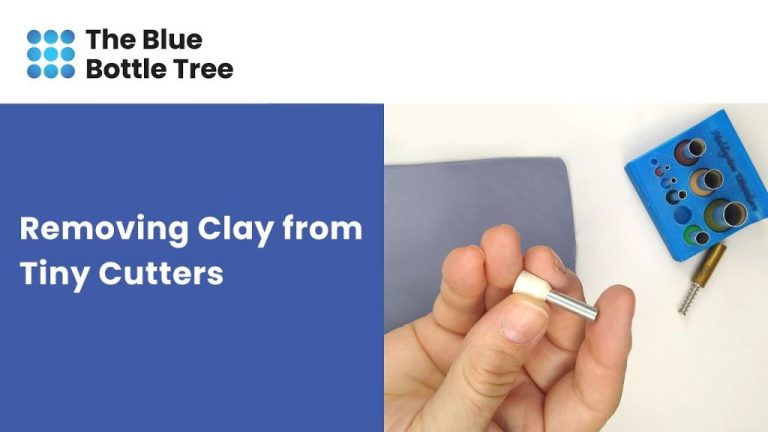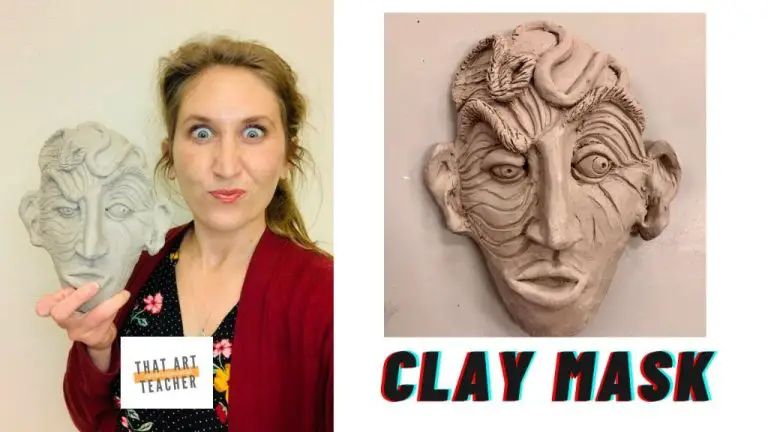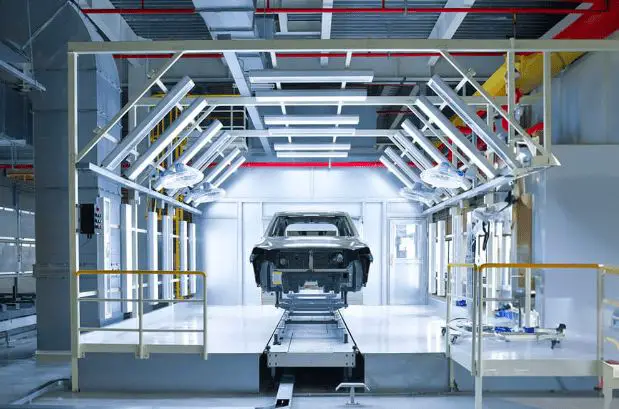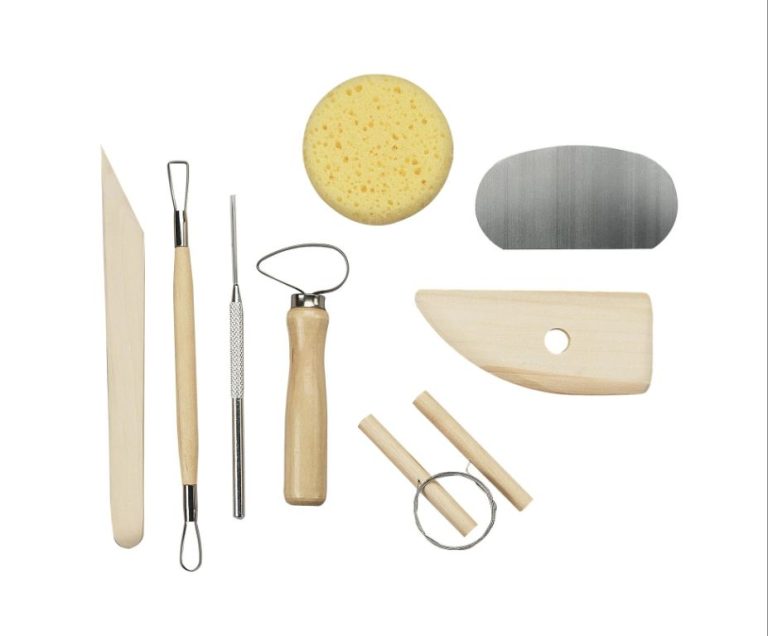How Often Should You Clay Bar Your Car?
What is Clay Bar?
Clay bar is a detailing product used to remove contaminants from painted automotive surfaces that regular washing can’t take off. It consists of an engineered clay-like material that bonds with and pulls off things like tree sap, bugs, tar, rail dust, and industrial fallout (Source).
Clay bar works through a mechanical process. As you glide the clay bar over the paint, it molds around the surface contaminants and grabs onto them. The clay bar’s material has just the right amount of malleability to latch onto and encapsulate grime and particles without damaging the clearcoat (Source).
Unlike regular washing which uses soap and water, clay barring relies on the properties of the clay material to literally pull off stubborn contaminants from the paint’s surface through direct contact and friction. It provides a much deeper clean than you can get from washing alone.
Benefits of Clay Barring
Clay barring provides several key benefits for your vehicle’s paintwork:
It gets the paint ultra clean by removing contaminants that regular washing can’t. As explained by Turtle Wax, “A clay bar is an engineered, clay-like product that pulls contaminants like water spots, brake dust, metal dust, industrial pollution and road grit from your paint.”
By bonding to the surface contaminants, the clay bar is able to remove them, resulting in an exceptionally smooth, clean finish. This prepares the surface optimally for waxing or sealing. According to Big’s Mobile, clay barring “creates a better bonding surface for wax and polishes.”
Because it removes contaminants that can cause wax or sealant to fail prematurely, clay barring enables waxes and sealants to last significantly longer. So it’s an important prep step before waxing or sealing for maximum durability.
When to Clay Bar
The main times when you should clay bar your vehicle include:
Before applying wax or sealant – Clay barring before waxing or sealing removes any contaminants that could get trapped under the protective layer, which can lead to scratching and swirling later on. The smoother base you create, the better the wax or sealant can bond and perform (Source).
When paint feels rough – If you run your hand over the paint and it feels rough or gritty, that’s a sign embedded contaminants are present that can be safely removed with clay barring. It will restore a smooth, glass-like feel to the clearcoat (Source).
Every 6 months to 1 year – While frequency depends on conditions and your preferences, clay barring every 6-12 months will safely remove contaminants for most vehicles driven regularly. More frequent may be needed for vehicles in harsh environments or that haven’t been decontaminated before (Source).
Process for Clay Barring
The process of clay barring your car is straightforward, but there are some key steps to follow for best results:
First, you’ll want to wash and dry your car thoroughly. This removes any loose dirt or contaminants from the paint that could potentially scratch it during claying. Use a high-quality car wash soap and rinse thoroughly.
After washing, spray a clay bar lubricant over the section you plan to clay. Many people use a diluted detail spray or quick detailer as lubricant. The lubricant allows the clay to glide smoothly over the paint.
Knead your clay frequently as you work to expose fresh smooth clay and lift away embedded contaminants. Apply light to medium pressure as you rub the clay across the lubricated paint using straight back-and-forth motions.
Fold the clay often and re-knead it as you go to prevent transferred contaminants from marring the paint. Work in small sections until you have clayed the entire vehicle.
Tips for Clay Barring
When clay barring your vehicle, it’s important to follow some key tips and techniques for best results. Here are some top tips to keep in mind:
Work in small sections – Don’t try to clay bar the entire vehicle all at once. It’s best to work in 18-24 inch sections at a time. This allows you to thoroughly clay and inspect each section before moving on.
Rinse the clay often – As you pick up contaminants like dirt and tar, the clay will become dirty. Stop frequently and reshape the clay into a fresh surface, rinsing off the contaminants.
Watch for marring – Clay can potentially cause light swirls or scratches known as marring. Frequently inspect panels in good lighting as you work. If marring occurs, stop and lubricate the area further.
according to Detailed Image, clay barring in small sections with frequent rinsing can help avoid paint marring and get better results.
After Clay Barring
Once you have finished clay barring your vehicle, it is important to follow up with additional detailing steps. Clay barring can leave behind a residue that should be removed. The clay bar process can also strip away existing wax or sealant on the paint.
According to this article, it is recommended to wash the vehicle again after clay barring. Use a clean mitt and quality car wash soap. This will help remove any leftover clay residue and prepare the surface for wax or sealant.
Experts recommend applying a fresh coat of wax or paint sealant after clay barring. As discussed on this Reddit thread, clay barring can produce minor marring or remove existing protection. Applying a wax or sealant will restore gloss and protection.
Choose a premium carnauba wax, synthetic sealant, or ceramic coating. Follow the product instructions for best results. Proper preparation and protection after clay barring will maintain the smooth finish and keep contaminants from bonding again.
Alternative Detailing Options
While clay barring is an effective way to remove surface contaminants and paint overspray, there are alternatives that can also get the job done. Some popular alternatives to clay barring include:
Compound and Polish
Using a dual-action polisher with a polishing compound can help remove contaminants from the clear coat while also restoring gloss. Polishing helps smooth the paint surface while removing swirl marks, water spots, and some surface contaminants. It’s important to follow up polishing with a high-quality wax or sealant to protect the finish. According to Detailed Image, polishing can effectively substitute claying in many cases.
Paint Contamination Removers
Specialized chemical paint cleaners are available that dissolve and encapsulate paint contaminants upon application, allowing them to be rinsed away. Products like CarPro Iron X effectively remove brake dust and iron particles without the need for claying. However, they don’t remove all surface contaminants as effectively as a clay bar treatment.
Clay Bar Frequency FAQs
There are a few common questions around how often you need to clay bar your vehicle. Here are some key factors to consider:
The general guidance is to clay bar at least once a year. However, certain conditions may require clay barring more frequently:
- If your vehicle is parked or driven in an area with high contamination – industrial pollution, road debris, tree sap, etc. – clay barring every 4-6 months may be needed.
- New vehicles or fresh paintwork should only need claying 1-2 times a year.
- Heavily contaminated or neglected vehicles may need claying 2-3 times per year to remove bonded contaminants.
- Frequent washes and regular waxing or sealing can extend the time between needed clay bar treatments.
The key is to clay bar as needed based on the level of contamination. Running your hand over a washed panel can help identify if bonded surface contaminants are present. If you feel roughness, that’s a sign a clay bar treatment is overdue.
Environmental factors, maintenance routine, and the condition of the paint should dictate clay bar frequency. For most vehicles driven daily, plan on claying at least annually. Adjust as needed based on feel and visible contamination.
Choosing a Clay Bar
When selecting a clay bar, there are a few key factors to consider:
Clay Types and Grades
Clay bars come in different grades that determine their level of abrasiveness:
- Mild clay bars are very pliable and gentle on paint.
- Medium clay is moderately abrasive and can tackle more contaminants.
- Aggressive clay is very firm and meant for heavy decontamination.
The type of clay you need depends on the condition of your paint. Mild clay is good for light contamination, while aggressive clay tackles things like tree sap. Most detailers recommend starting gentle and moving up in grit as needed.
Buying Considerations
Other factors in choosing a clay bar include:
- Size – Bars come in different lengths to cover more surface area.
- Lubrication – Some clay bars require a spray lubricant. Pre-lubricated bars are more convenient.
- Moldability – Softer clay is easier to shape by hand and conform to curves.
- Price – Aggressive and specialty clay tends to be more expensive.
Trusted brands like Meguiar’s and Chemical Guys offer quality clay bars across all budgets.
Maintaining Clay Bars
Properly maintaining your clay bars is crucial for getting the most use out of them. Here are some key tips for storage, determining when to discard, and cleaning/rejuvenating clay bars:
To store clay bars, return any unused portion to the original packaging or wrap in plastic wrap. Keep bars in a cool, dry place and avoid direct sunlight and extreme heat – heat can dry out and harden the clay. Refrigeration can help extend the life of clay bars.
Inspect your clay bar before each use. Discard clay bars if they become extremely dirty, dried out, or contaminated with grit that won’t come off. Hard, cracked, or sticky clay has diminished cleaning ability. Most clay bars last 5-10 uses if cared for properly.
To clean and refresh clay bars, fold the clay over on itself and knead thoroughly. This redistributes embedded contaminants throughout the clay. You can also wash gently with soapy water – avoid harsh chemical cleaners. Let bars fully air dry before rewrapping for storage.




